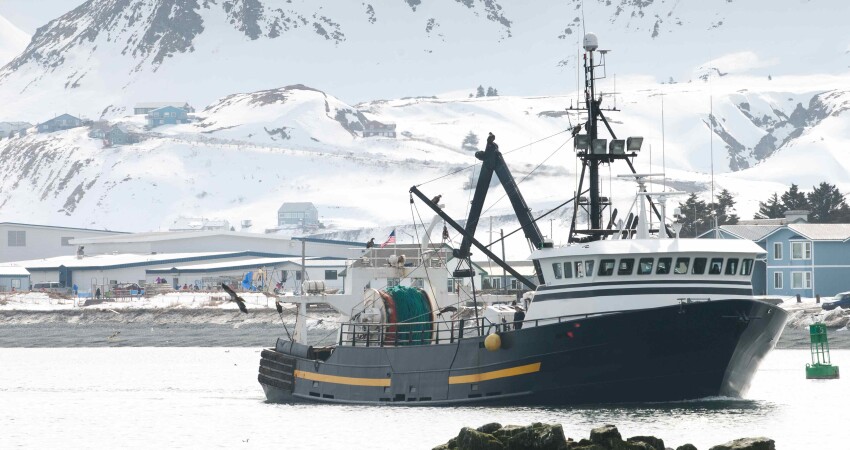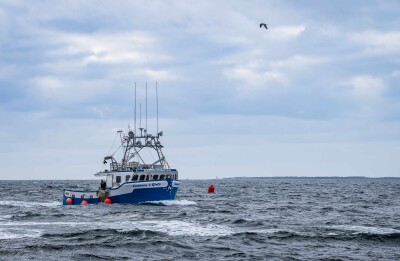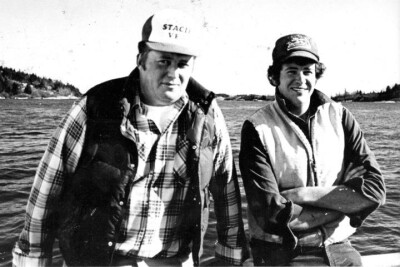A bill that recently passed both the House and the Senate in the state aims to address the critical state of the seafood industry, a vital component of the economy facing significant challenges. The legislation, known as Senate Concurrent Resolution 10, proposes forming an eight-member task force comprised of state legislators chaired by the Senate president to evaluate and recommend strategies to alleviate the industry's woes.
The resolution, a testament to bipartisan cooperation, was overwhelmingly approved by the House on Saturday. The Senate, which had initially passed it on April 19th, further demonstrated its commitment by unanimously endorsing the amendments made by the House on Sunday. With a clear mandate, the task force is expected to deliver its recommendations to the Legislature by Jan. 21, 2025, in response to what Senator Bert Stedman described as an "unprecedented economic implosion" within the industry.
According to the Alaska Beacon, Senator Stedman, along with the resolution's text, highlighted a range of challenges confronting Alaska's seafood sector, including escalating operational expenses, diminished fish prices due to decreased demand and oversupply from global markets (particularly Russia), closures of fish processing facilities, reduced revenues for fishery-dependent communities, and declines in salmon and crab stocks, notably in the Yukon River and the Bering Sea.
“We have not seen an impact of our fisheries like this, I don’t think, in my lifetime. Twenty years ago, there was a crisis in the Alaska salmon industry, which spurred the creation of a salmon task force that produced some solutions,” Stedman wrote. “This time, we’re dealing with virtually all our fisheries.”
The effects are huge not just in coastal towns but across the entirety of the state. The resolution was officially introduced on March 1 by the Senate Finance Committee. As the idea moved through different committees, more ideas about the task force makeup surfaced. The Beacon shared that the original bill proposed a task force of seven, with two House members, two Senate members, and two public members representing either the United Fishermen of Alaska or the Pacific Seafood Processors Association. The seventh member would be the Alaska Department of Fish and Game commissioner or a commissioner’s designee.
Once the bill reached the House, the task force's size grew to 19, including eight members of the Legislature, three commissioners of state departments, representatives of tribes, commercial harvesters, processors, and communities. The bill's final version settled on a task force of eight- four Senate members and four House members.
“These overall changes were done in the spirit of keeping the size and scope of the task force more narrow and for the work of the projects to be completed in an efficient manner,” shared Stedman.







